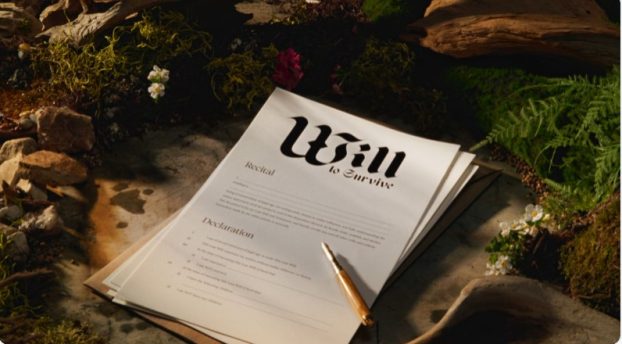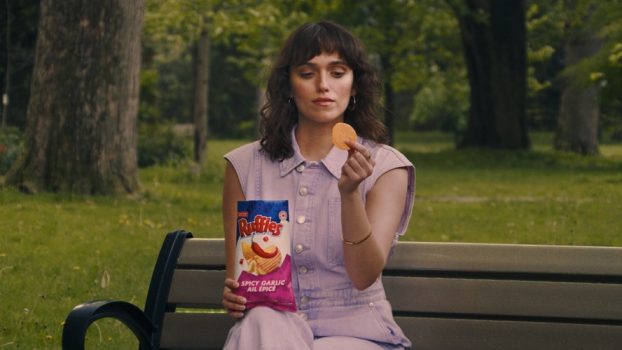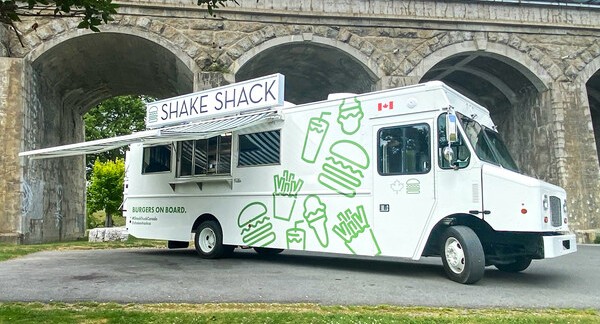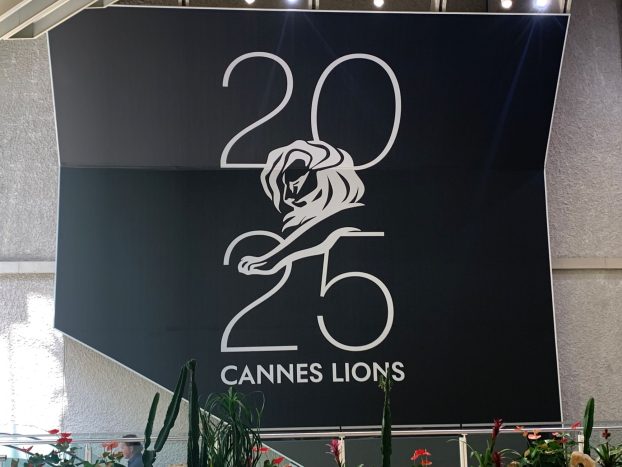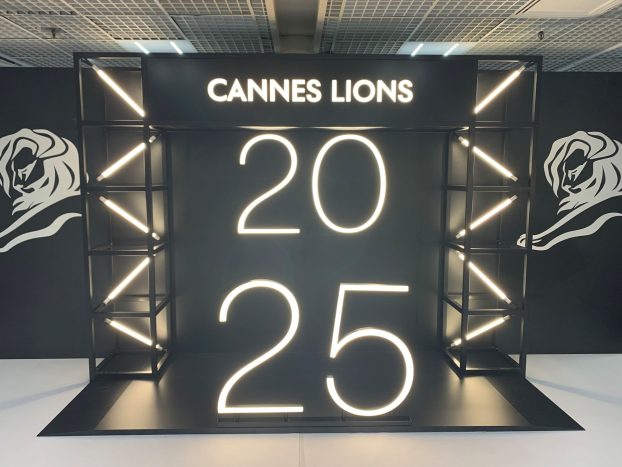Also in this report:
– Times are changing: New looks for newspaper ads p.17
Format provides endless opportunity for creative buys: Why creative people need to think like media people and media people need to think like creative people p.20
– Can advertisers compete with bad news? Art directors, copywriters must put focus on making ad relevant to readers p.21
– Community newspapers take initiative to boost profile p.22
The idea for this special report came out of a conversation we had some months ago with Lorraine Hughes, media director at TBWA Chiat/Day, in which she said creative and media people alike could stand to be more open-minded with respect to advertising in newspapers.
Hughes said most agencies are still using predictable advertising formats, even though advancements in technology, and increasing flexibility in the way newspapers are sold, have given advertisers more choice.
Using Hughes’ comments as a starting point, we asked three agency creative people to tell us whether their approach to newspaper advertising had changed.
As well, we highlight several ads that have taken full advantage of the medium.
Bill Parker is senior writer at Bensimon Byrne, a Toronto-based advertising agency.
Woo-hoo!
Sometimes life is so good, you wouldn’t be dead for anything.
Like when a nice, tight brief lands on your desk, and it calls for a new campaign using not just radio, tv and outdoor but newspaper.
Newspaper ads are great.
You couldn’t ask for a better environment; sharing space with the momentous events of the day.
And, unlike most other media, newspaper means that you can call your Mom and tell her exactly where to look to see just what it is you do for a living.
But, as with most things in life, newspaper is a double-edged sword.
Sure you’re keeping company with the world’s most important stories. But that means you’re also competing with them.
And floods, murders and elections have a nasty way of hogging your readers’ attention.
If you let them.
Fortunately, however, you have at your disposal the best weapon against being swamped by the editorial. And that is really good art direction.
In fact, in no other primary medium is the role of the art director more vital.
When working on television commercials, art directors get invaluable help from directors and directors of photography (dops.)
Radio spots are often developed with or by art directors, but their contribution can be difficult to detect in the final product.
Not to be overly simplistic, but the goal of the outdoor art director is simple – just keep it clean.
And with magazine advertising, the creative is often given a head start by your media people, who rarely book space smaller than a half page, ensuring that your ad has at least a better-than-fighting chance of being seen.
Now consider newspaper.
First of all, the pages are big. Much bigger than a magazine page, at least. Lots of room for lots of ads.
What’s more, it’s less common to get the advantage of a spread or full page in newspaper.
So you have to work harder to make your ad rise above the noise that confronts your reader’s eye.
And that means art direction.
It’s an old adage that 90% of the ads in any given day’s newspaper could be made more effective simply by reworking their layouts (and adages don’t get to be old unless they contain at least a modicum of truth.)
The good news is that in recent years, newspapers have done several things to make the art director’s job easier and the client’s ad more effective.
One of the most obvious innovations is the advent of flexform ad space.
Flexform lets the creative team configure its ad shape as a circle, a rhomboid, an airplane – practically any shape imaginable.
In an ocean of squares and rectangles, an unusual shape can be an absolutely unbeatable eye-magnet.
What’s more, the impact flexform advertising offers is compounded by the fact that few people seem to be taking advantage of it.
The effect of this would seem obvious; if your daily paper was a sea of odd shapes, then it would be the squares and rectangles that would stick out like the proverbial painful opposing digit.
Another little-used weapon for your arsenal? Color.
Open any daily newspaper at almost any place and you’re confronted by a spread that looks as though it were meant to be read by dogs. Nothing but black and white.
Now, adding color is admittedly expensive, but against that kind of monochromatic backdrop, an ad with even spot color simply screams ‘read me.’
And improvements in printing technology have meant spectacular gains in newspaper color reproduction, to the point where you can now use four-color photography or illustration with as much confidence as you would in any glossy magazine.
On top of all that, the technology that’s used to make up newspaper pages keeps getting faster and faster, so material deadlines get pushed further and further back.
So you can either make your advertising more timely and current than ever before, or you can get in a little extra procrastination time.
The point is this: newspaper is a unique, distinct medium, presenting opportunities and pitfalls all its own.
Simply resizing your magazine ad may work, but with so many options available to you today, separate newspaper creative should at least be explored.
One more thing.
While art direction is vitally important to the success of a newspaper ad, it also helps a lot if what is being art directed happens to be a terrific idea.




